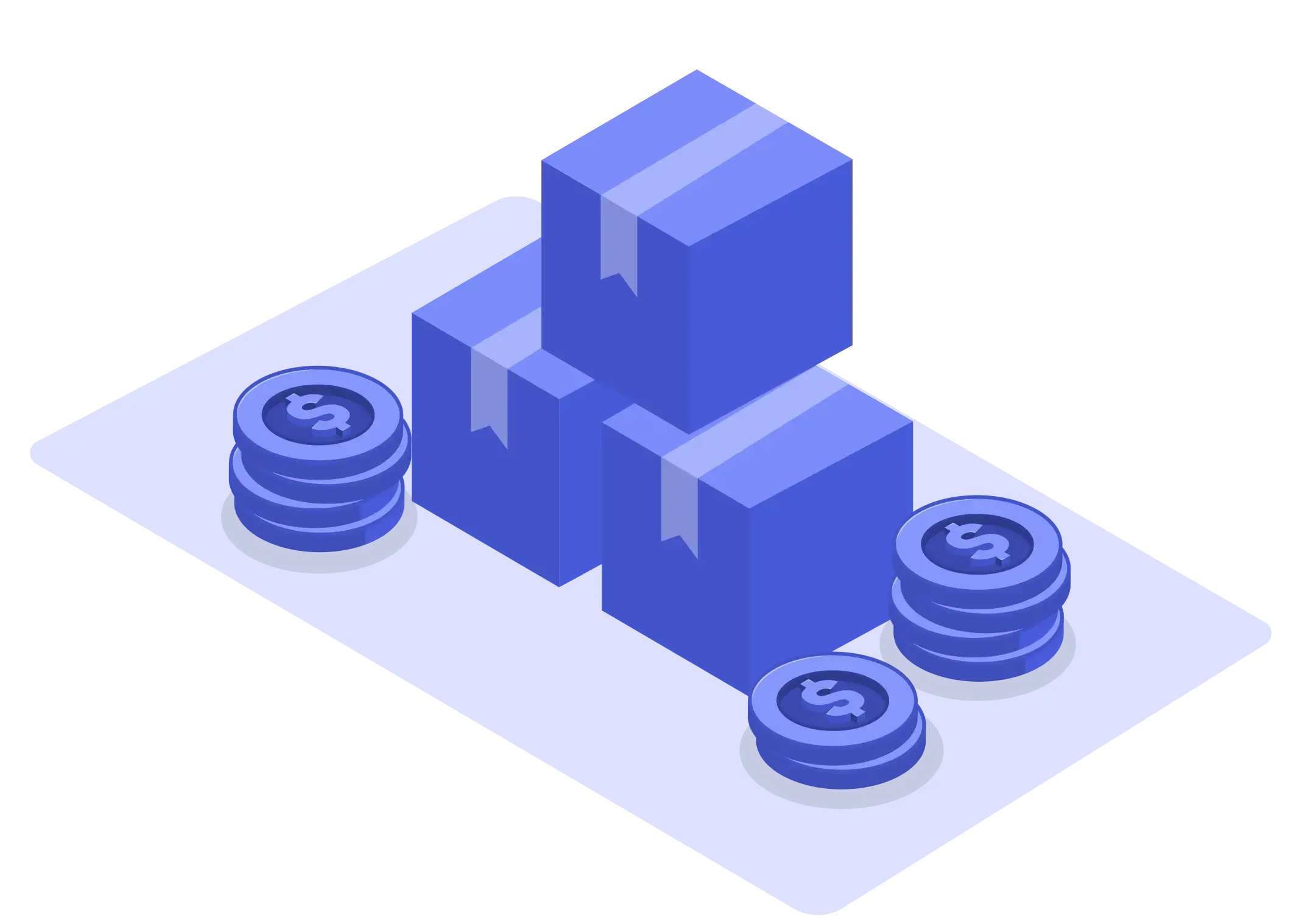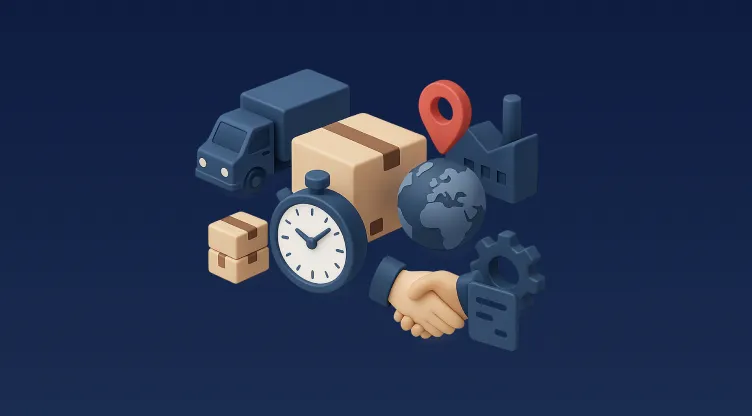Introduction
The last-mile delivery landscape has changed dramatically in recent years. Urbanisation, eCommerce growth, and evolving customer expectations have forced logistics providers to rethink their strategies. A key challenge in dense urban areas is ensuring deliveries happen within strict time windows while optimising routes to minimise costs and delays.
A Last-mile delivery TMS (Transportation Management System) plays a crucial role in this optimisation, helping businesses streamline their logistics processes. With AI-driven logistics solutions, businesses can improve delivery efficiency, reduce fuel consumption, and enhance customer satisfaction.
This article explores the impact of route optimisation for urban deliveries, the role of last-mile delivery software, and how companies can implement time window delivery planning using cutting-edge urban logistics technology.
1. Challenges in Last-Mile Delivery in Urban Areas
Urban environments present several logistical challenges:
1.1 Traffic Congestion
- Major cities experience traffic bottlenecks, especially during peak hours.
- Congestion increases delivery time and fuel costs.
1.2 Time Window Constraints
- Many customers expect deliveries within specific time slots.
- Retailers and businesses must coordinate schedules while maintaining efficiency.
1.3 Increased Demand for Same-Day and Instant Deliveries
- Same-day delivery optimisation is crucial for eCommerce businesses.
- Customers expect faster, more reliable deliveries.
1.4 Parking and Accessibility Issues
- Delivery vehicles struggle to find parking spots near drop-off locations.
- Inaccessible locations slow down delivery schedules.
1.5 Cost and Environmental Concerns
- Fuel consumption and driver wages increase operating costs.
- Governments push for eco-friendly last-mile logistics solutions.
A transportation management system for eCommerce helps businesses navigate these challenges effectively.
2. The Role of TMS in Last-Mile Delivery Optimization
A TMS for last-mile delivery is an essential software tool that helps logistics providers manage and optimise transportation operations.
2.1 Route Optimization for Urban Deliveries
A TMS uses AI-driven algorithms to:
- Identify the fastest and most efficient routes.
- Consider real-time traffic data to reduce delivery delays.
- Ensure that deliveries within specific time windows are met.
Example: AI-driven smart order routing in logistics assigns deliveries based on proximity, availability, and urgency.
2.2 Time Window Delivery Planning
- Advanced delivery route planning software ensures on-time deliveries.
- AI-powered scheduling helps balance customer expectations with operational efficiency.
- Businesses can automate time-sensitive deliveries using predictive analytics.
2.3 Fleet Management for Last-Mile
- Fleet tracking software enables businesses to monitor driver performance.
- Geo-fencing for fleet tracking helps prevent route deviations.
- Dynamic re-routing ensures last-mile efficiency despite unexpected traffic.
2.4 Real-time Tracking for Deliveries
- Customers receive live updates on their deliveries.
- Businesses can track orders in real time using GPS integration.
- Digital proof of delivery solutions streamline confirmation processes.
3. AI-Driven Logistics Solutions for Last-Mile Delivery
3.1 Artificial Intelligence in Route Optimization
AI enables:
- Machine learning models that predict best delivery routes.
- Pattern recognition to identify delivery bottlenecks.
- Automated re-routing in response to traffic changes.
3.2 Smart Order Routing in Logistics
- Orders are assigned to drivers based on location, availability, and delivery priority.
- Smart routing helps 3PLs manage last-mile logistics for multiple clients.
3.3 Digital Proof of Delivery Solutions
- Customers receive instant delivery confirmation.
- Reduces disputes regarding missed or failed deliveries.
3.4 IoT & Geo-fencing for Fleet Tracking
- Geo-fencing alerts notify managers when a vehicle enters/exits a delivery zone.
- Helps in enforcing route compliance and reducing unauthorised stops.
4. Key Features of Last-Mile Delivery Software
A TMS for last-mile delivery should include the following:
4.1 Automated Route Planning
- AI-driven route optimization based on real-time traffic and historical data.
- Dynamic route adjustments to reduce delays.
4.2 Real-Time GPS Tracking
- Monitors delivery progress in real time.
- Sends delivery ETAs to customers.
4.3 Time Window Management
- Automated scheduling to meet customer time slot preferences.
- Balances delivery efficiency with service level agreements (SLAs).
4.4 AI-Based Predictive Analytics
- Forecasts delivery demand based on historical data.
- Helps businesses optimise driver allocation.
4.5 Digital Proof of Delivery
- Paperless verification using e-signatures, photos, and QR codes.
- Increases transparency in delivery operations.
4.6 Customer Communication and Notifications
- Automated SMS/email updates to customers.
- Two-way communication between drivers and recipients.
4.7 Smart Vehicle Load Balancing
- Ensures vehicles are optimally loaded to avoid wasted space.
- AI-driven vehicle capacity management for better efficiency.
5. Implementing a Last-Mile TMS for Businesses
5.1 Selecting the Right TMS
When choosing a last-mile delivery software, consider:
- Scalability – Can it handle increased delivery volume?
- Integration Capabilities – Can it connect with eCommerce platforms and 3PLs?
- AI Capabilities – Does it offer machine learning-driven route optimization?
- Real-Time Tracking – Can you monitor drivers and deliveries?
- Geo-Fencing and Digital Proof of Delivery – Does it support secure delivery confirmations?
5.2 Training and Onboarding
- Businesses must train drivers and dispatch teams on TMS functionalities.
- AI-based recommendations help optimise fleet efficiency.
5.3 Integration with eCommerce & 3PL Providers
A TMS should seamlessly connect with:
- Online marketplaces (Shopify, WooCommerce, Salla).
- Third-party logistics providers (3PLs).
5.4 Monitoring & Continuous Optimization
- AI-powered dashboards track delivery performance.
- Data analytics help refine future delivery strategies.
6. Case Study: AI-Powered TMS for a Leading 3PL in MENA
Challenge: A top 3PL provider in Saudi Arabia faced issues with:
- Inefficient route planning.
- Missed delivery time slots.
- High fuel and labour costs.
Solution:
- Implemented AI-powered last-mile delivery software.
- Integrated real-time tracking for deliveries and geo-fencing for fleet tracking.
Results:
- Delivery efficiency increased by 30%.
- Operational costs reduced by 25%.
- Customer satisfaction scores improved.
7. Future of Last-Mile Delivery Optimization
7.1 Sustainable Last-Mile Solutions
- Electric delivery fleets to reduce carbon footprint.
- Eco-friendly route planning to optimise fuel consumption.
7.2 Hyperlocal Warehousing
- Micro-fulfilment centres positioned in high-demand urban locations.
- Reduced last-mile distance = faster deliveries.
7.3 Drone and Autonomous Delivery Vehicles
- Testing of AI-powered autonomous delivery bots in MENA.
- Drones for lightweight deliveries in congested urban zones.
Conclusion
Efficient last-mile delivery TMS solutions are transforming urban logistics. Businesses that adopt AI-driven logistics solutions can optimise their delivery operations, ensuring time window compliance and cost-effective last-mile delivery.
A transportation management system for eCommerce is no longer an option but a necessity. By investing in smart routing technology, real-time tracking, and digital proof of delivery solutions, businesses can enhance their delivery capabilities and outperform competitors.
For businesses in MENA, the GCC, and beyond, implementing an advanced TMS for last-mile delivery ensures faster, more efficient urban logistics—leading to improved customer satisfaction and long-term success.
























